Are you ready to sew up a storm and make a ton of masks but are trying to figure out what type of mask to make?
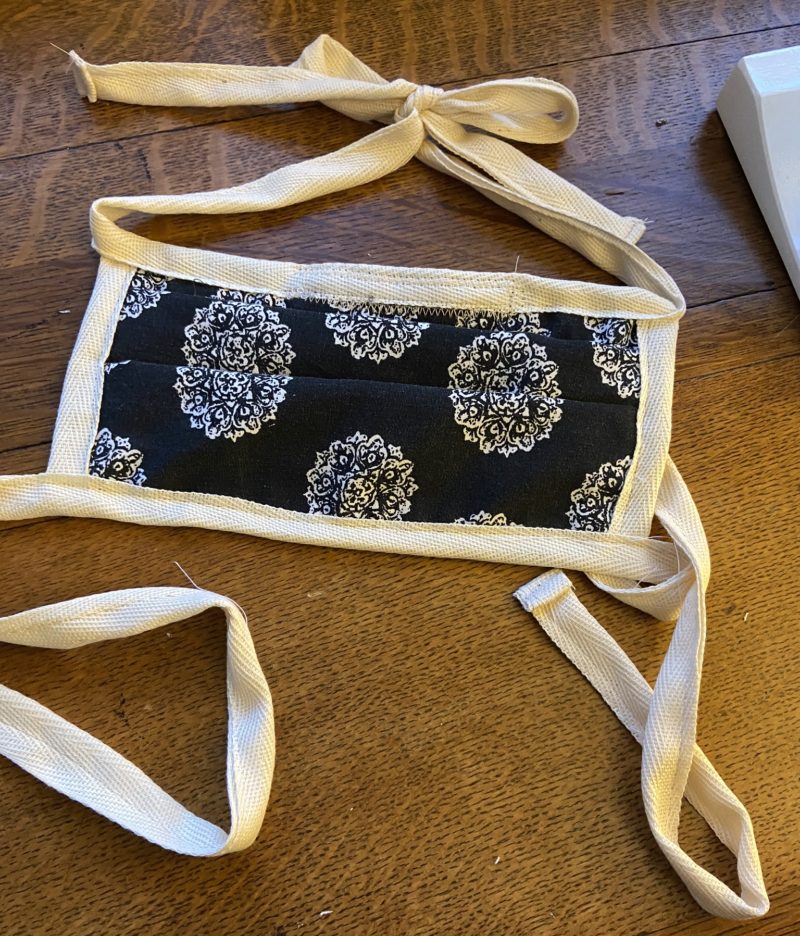
I am here for that party because I was so confused trying to figure out what was the best type of mask to make! So many patterns, which is best? I wanted to do it “right” so I spent way to much time trying to figure it out and there was so much advice. It was overwhelming!
But you don’t need to stress about finding the type of mask I created a list of the most popular styles, materials, sizes, and info you’ll need, I have what you need here!
LONG STORY SHORT the type of mask pattern doesn’t matter – they all work as long as they cover your mouth and nose below the chin, & have a snug fit! It all boils down to personal preference, ease of construction, and supplies on hand. Now, this is important, you do need to pay attention to the requirements and specifications of who you are donating them to, give them what they want!
I am a member of Crafters Against COVID-19 PDX and there are a lot of patterns and types of masks on that FB page with over 500 comments on patterns! You guessed it, I read them all and I pulled together in these handy little tables and downloads to make it easier for you!
There are basically just 2 popular types of masks with variations.
Full Face Masks or Pleated.

Full face mask styles, also called Duckbill or Olson, are two pieces sewn together with a seam down the center, they fit well over the nose and cover from under the eyes to below the chin.
Pleated styles are what you recognize from visits to the hospital, they are rectangles with pleated folds that open up to cover the face.
There are loads of variations and tweaks to these two styles but almost all the popular styles are from these two patterns.
Type of Mask Variations:
- Earloops vs. ties
- Bound with binding bias tape vs. sewn inside out
- # of layers
- Types of pleating and darts
- Filter pocket placement
- Nose piece channel
Popular Full Face Type of Mask Patterns & Links
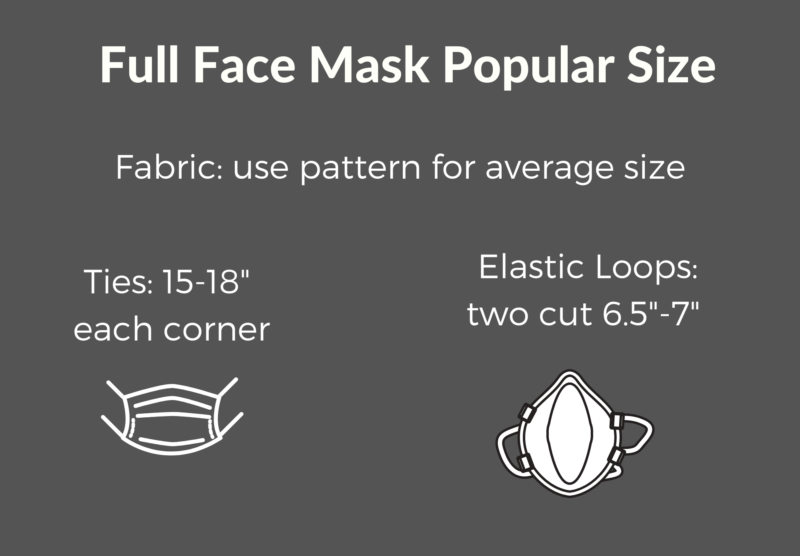
| Source | Brief Description | Loop Tie |
|---|---|---|
| Shannie Makes | Popular Duckbill full-face style with options. Hers are full ear loop casing bound using 8.25″-9″ elastic. She has many sizes and patterns. | 8.25″-9″ elastic |
| Craft Passion | Mutliple options and sizes, 13″x7″ fabric, 16″ earloop, 44″ tie | 16″ earloop, 44″ tie |
| Unity Point Health | Olson mask pattern, slightly more complicated piecing multiple pieces. Elastic ear loops from hair ties. | |
| Sew it Online video or download | Double layer but filter pocket Similar to Shannie Makes but instead of binding, the 2nd layer is cut longer to fold over to make the casing for ear loops and elastic earloop are sewn in and threaded optional ties too | 6.5″ elastic |
| Free sewing pattern & Instructions | Simple PDF pattern and instructions, 4 pieces of 15″ ribbon | (4) 15″ ties |
| JenniferMaker | 3 layer with filter pocket, 4 18″ piece ties, and nose piece channel casing | (4) 18″ ties |
Popular Pleated Surgical Style Type of Mask Patterns and Links
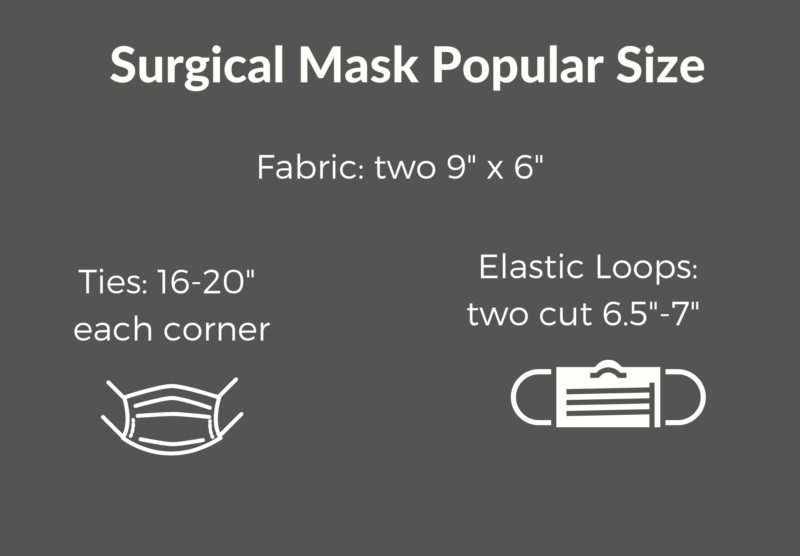
| Source | Brief Description | Sizing |
|---|---|---|
| Providence St. Joseph Hospital | 2 layer, no pocket, 3 pleats Two 34″ ties bias sewn on short end | 14.5″ x 7.5″ 34″ ties |
| Deaconess Hospital Pattern Turban Project Video | 2 layer, no pocket, 3 pleats, sew all 4 corners and invert, topstitch Elastic loop 7″ elastic OR Ties: 8″x14″ two 34″ strips for ties sewn short end Width will be about 3-3.5″with pleat | 9×6 (Adult) 7.5 x 5 (Child) 7″ elastic or 8″x14″ 34″ ties |
| Vanderbilt University Medical Center | Almost exatcly Deaconess with slight variation. 2 layer, no pocket, 3 pleats, sew all 4 corners and invert, topstitch Elastic loop 7″ elastic OR 4 ties from cut strips 2 ” wide by 16″ lon | 9”x 6” 7″ elastic or 4 16″ties |
| Button Counter | 2 layer, 3 pleat, sewn inside out, channel for elastic loops bound on short ends 8″x14″ fabric, two 6″ pcs binding on short ends 6.5″ elastic loop | 8″x14″ 6.5″ elastic |
| Approved -source unclear | 2 ply, 3 pleat, sewn filter opening Optional nose wire 8″x15″ fabric Ties, two 36″ sewn short ends | 8″x15 36″ ties |
| Kaiser Permanente | 15.5×7.5 2 36″ ties sewn in short ends | 15.5×7.5 36″ ties |
| John Hopkins Medicine | 2 ply, ties bound, 3 pleat, sewn inside out, optional nose piece 9″x14″ two 48″ ties attached to side seams via grosgrain ribbon or binding tape, | 9″x14″ 48″ ties |
| Ballad Health | 2 ply, 3 pleats, sewn without turning, just bound all-around – unique construction 8″ square, 6.5″ loops intefracing, bound with bias tape for ties add 20″ each side | 8″ x 8″ 6.5″ elastic or 48″ tie |
Read my other post on how I made the Ballad Health-Style Mask.
And here is a Cheat Sheet of popular the pleated type of mask.
Some Other Unique Alternative Type of Masks
| Source | Brief Description | Sizing |
|---|---|---|
| A.B. Mask – for a Nurse by a Nurse | Combination pleat and duckbill to fit over an n95 mask. Fat quarter 21’x18″, slightly complicated cut, 2 40″ strips, ties across top, bound | Fat quarter 40″ ties |
| Crafters Against COVID-19 PDX | An A B mask variation like the one above. | |
| Taiwanese doctor, Dr Chen Xiaoting, redone with pattern by Miles Taylor | Tissue box style with filter slot – similar to the one surgical style from | |
| Dell Medicl school Teaxas collective | 2 ply with fusing layer, unique construction with filter pocket. Unique nose piece. option for ties or loops. 15″x7.5″ with 7″x7″ fusing, 1/8” x 6.5” piece of malleable aluminum. 40” bias tape ties. | 15″x7.5 7″x7″fusing 40″ ties 9.75″ loop |
Fabric
Use 100% tightly woven cotton.
Breathability vs. Protection: Yes there are some materials that will block most virus particles but you won’t be able to breathe well which defeats the purpose. Recommendations are for tightly woven fabric – hold it up to the light, if you can see through it, it’s not tightly woven so pass on it.
“The best-performing designs were a mask constructed of two layers of high-quality, heavyweight “quilter’s cotton,” a two-layer mask made with thick batik fabric, and a double-layer mask with an inner layer of flannel and outer layer of cotton.”
https://www.nytimes.com/article/coronavirus-homemade-mask-material-DIY-face-mask-ppe.html
Layers
2 layer minimum, 3 preferred by some.
Recommendations are for a minimum of 2 layers but studies show the more layers the more protection. Breathability is important again, here.
Ties vs Elastic
Use what you have!
Both are usable and people have their own preference. I make both styles en masse so people can choose.
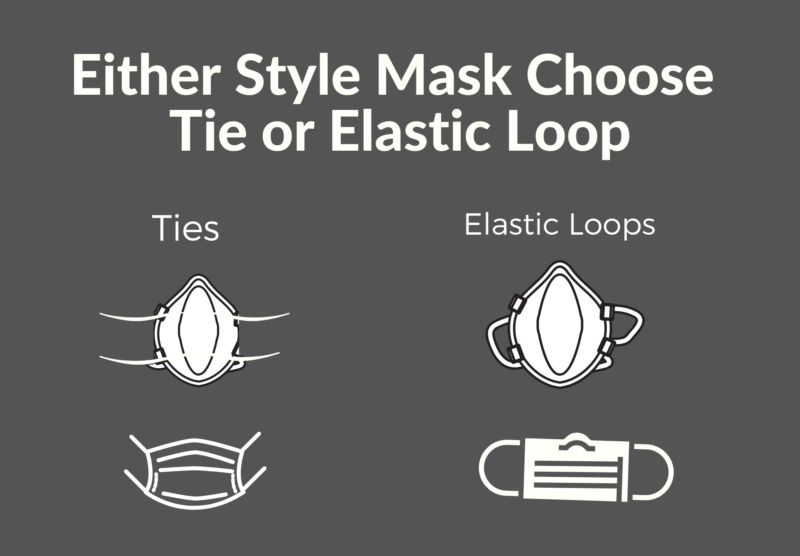
Ties vs. Elastic Pros and Cons
| TIES | Elastic |
|---|---|
| Adjustable | Not Adjustable, hard to fit right |
| Difficult to tie, especially if there is a disabilty | Easy to loop around the ears |
| Ties loosen or move. | Can Irritate ears after awhile, beware of latex allergies |
| Ties tangle in the wash | High heat wash may wear them |
| Takes up fabric to make | Elastic is scarce |
| Takes time to make | Quick to add |
Elastic should be 1/8, 1/4, or 3/8
Elastic 1/4, 1/8, 3/8 is best beading cord elastic will work. It is possible to use wider flat elastic and cut it in half with some success but it can travel.
Ties should be 16-20 inches extra sewn on ends.
Filters
Yes, make the filter pocket, but stay current on best practice.
Make the filter pocket if you can, but it’s not necessary. It’s a nice option to have and lets the user decide if they want to use it. But, the recommendations are kind of all over the place for the use and type of filter so stay current. Another blogger I follow posted a nice summary here: JenniferMaker filter options.
Nose Piece
Yes, sew the channel for the nose piece!
If you can and your design allows, sew the channel for the nose piece. I like the way they fit better with the nose piece and the user can decide to use or not. Just remember that the nose piece should be removable for washing.
You can use pipe cleaner, floral wire, 20 guage wire, aluminum, and other things for the nose piece. Be sure to curl the ends of the wire to avoid gauging!
Tips to maximize time & supplies
Cut a bunch of fabric from the patterns at once.
Make more than you think you’ll need, promise you’ll thank yourself later.
Make a shit ton of ties or bias tape at once, sew it long continuous strips and cut to size later.
Don’t pin or iron (gasps!)
Save time by not pinning or ironing – yah, sue me sewers! It can be done and when you are making a million masks to help people save lives we can be forgiven for some sewing shortcuts can’t we?
Choose designs for what you have on hand
If your supplies are scarce try to maximize them by choosing a design that works for you. So if you are short on elastic, make ties! If you are short on fabric, make 2 ply ones of the smallest average size.
Maximize fabric and thread
Try to maximize the fabric by cutting carefully. I fold mine right sides together and do multiple layers at a time.
Save thread by sewing in chains, you just keep piecing multiple masks one after the other at the same time without cutting in between for the first step, then move on. Chain as much as you can.
Here is some information on production style sewing a mask.
Organize your space
Organize your sewing space with your fabric stacked and ready to go, scissors and hand, a trash can for swiping threads into, an iron
(This mini iron is my favorite, it’s petite and very handy).
This post contains affiliate links see my full policy here.
Last but not least, stay current!
I will post a few videos showing how I mass construct the ones I make. I don’t have time for perfect seams and pins – I know sewers are gasping but it’s 100% ok, I promise!
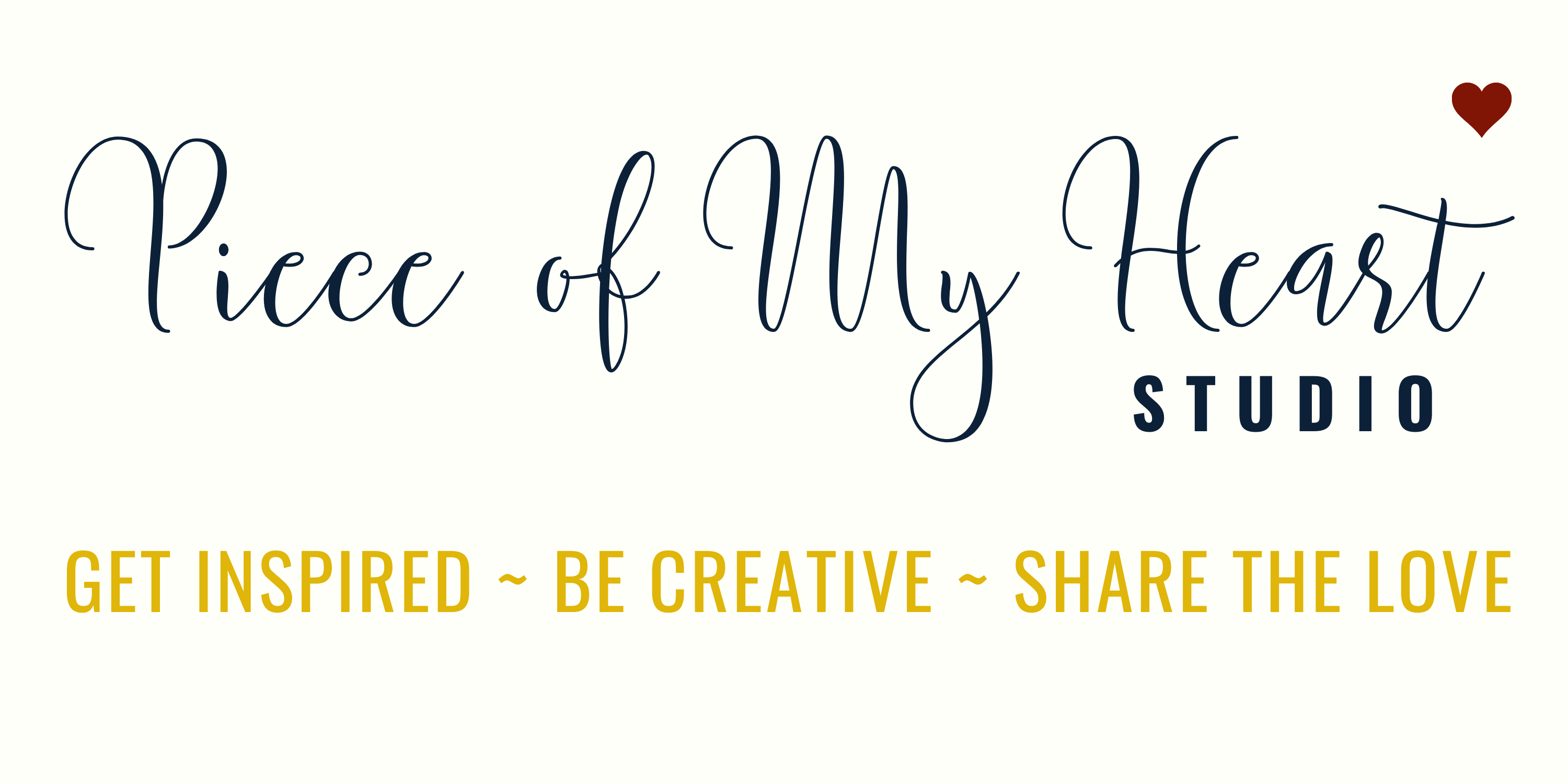


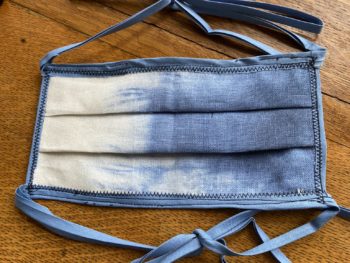
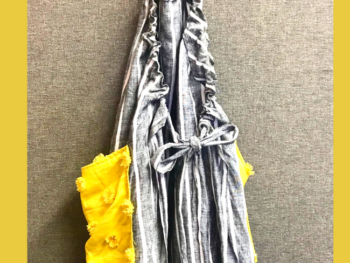
 Beautiful Painted Easter Eggs with Paint Pouring
Beautiful Painted Easter Eggs with Paint Pouring
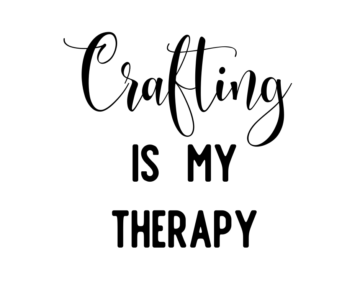
[…] on these to share with you here. The in-depth research on type of masks is on my other post, What Type of Mask Should I Make – and is intended for those of you who want to make a lot of them for donation, […]